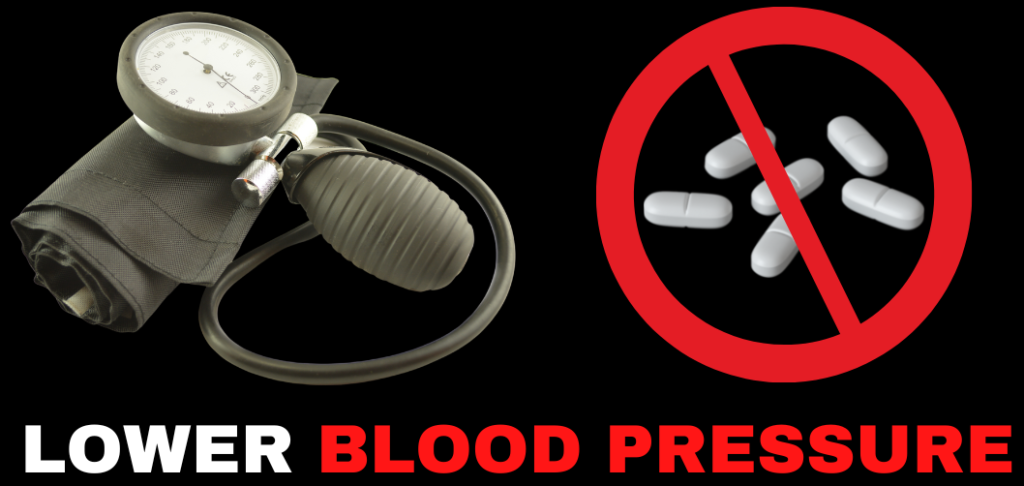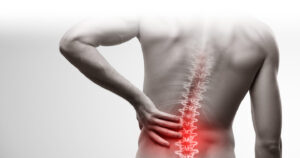
Blood pressure is a vital sign that tells us how hard our heart is working to pump blood through the body. While most people are concerned about high blood pressure (hypertension), lower blood pressure, or hypotension, can also be a serious health concern. Though having lower blood pressure may seem beneficial, especially when compared to hypertension, excessively low levels can lead to symptoms that interfere with daily life and, in some cases, indicate underlying medical conditions.
What Is Low Blood Pressure?
Blood pressure is measured using two numbers: systolic and diastolic. The systolic number represents the pressure in the arteries when the heart beats, while the diastolic number measures pressure when the heart rests between beats.
A normal blood pressure reading is usually around 120/80 mm Hg. According to the American Heart Association, low blood pressure is generally defined as a reading below 90/60 mm Hg. However, what’s considered low can vary by individual. For some, especially athletes or young adults, lower blood pressure may be perfectly normal and not cause any symptoms. For others, it can result in dizziness, fatigue, or fainting.
Symptoms of Low Blood Pressure
The symptoms of low blood pressure can vary depending on the severity and underlying cause. Common signs include:
-
Dizziness or lightheadedness
-
Fainting (syncope)
-
Blurred or narrowing vision
-
Nausea
-
Fatigue or weakness
-
Cold, clammy, or pale skin
-
Rapid, shallow breathing
-
Difficulty concentrating
These symptoms occur when the brain and other vital organs don’t receive enough blood flow due to lower blood pressure. In severe cases, hypotension can lead to shock, a life-threatening condition.
Types of Low Blood Pressure
There are several different types of hypotension, each with distinct causes and triggers:
1. Orthostatic Hypotension
This occurs when blood pressure drops suddenly upon standing up from a sitting or lying position. It’s common in older adults and may cause dizziness or fainting. Dehydration, medications, and prolonged bed rest can contribute.
2. Postprandial Hypotension
This type of lower blood pressure happens after eating, particularly in older individuals. It’s caused by blood pooling in the digestive tract, which reduces the amount of blood available to the rest of the body.
3. Neurally Mediated Hypotension
This condition affects younger people and happens after standing for long periods. It results from a miscommunication between the heart and the brain, causing blood pressure to drop suddenly.
4. Severe Hypotension (Shock)
A medical emergency that occurs when blood pressure drops so low that organs can’t function properly. Causes include severe infection (septic shock), blood loss, or allergic reactions (anaphylactic shock).
Causes of Low Blood Pressure
Understanding what causes lower blood pressure is crucial to proper diagnosis and treatment. Causes can be temporary, situational, or related to chronic conditions.
1. Dehydration
When your body loses more water than it takes in—through fever, vomiting, or excessive sweating—blood volume decreases, leading to a drop in blood pressure.
2. Heart Problems
Some heart conditions can lead to lower blood pressure, including extremely low heart rate (bradycardia), heart valve problems, heart failure, or a heart attack.
3. Endocrine Disorders
Hormonal imbalances, such as those caused by Addison’s disease, low blood sugar (hypoglycemia), or diabetes, can disrupt blood pressure regulation.
4. Blood Loss
Injury or internal bleeding can reduce blood volume, which in turn lowers blood pressure and reduces oxygen delivery to tissues.
5. Severe Infection (Septicemia)
When an infection spreads to the bloodstream, it can cause a dramatic drop in blood pressure, a life-threatening situation called septic shock.
6. Lack of Nutrients
Vitamin B12, folate, and iron deficiencies can prevent the body from producing enough red blood cells, leading to anemia and lower blood pressure.
7. Medications
Certain medications can cause hypotension as a side effect, including:
-
Diuretics
-
Alpha-blockers
-
Beta-blockers
-
Antidepressants
-
Parkinson’s medications
Always consult your doctor if you suspect a medication is causing lower blood pressure.
Risk Factors for Hypotension
Anyone can experience low blood pressure, but some groups are more at risk:
-
Older adults are more prone to sudden drops in blood pressure due to standing or eating.
-
Pregnant women often experience lower blood pressure due to circulatory system changes.
-
People with chronic diseases such as Parkinson’s or diabetes may develop related hypotension.
Complications of Chronic Low Blood Pressure
While mild hypotension may not require treatment, persistent or severe lower blood pressure can lead to serious complications:
-
Falls and injuries due to dizziness or fainting
-
Organ damage from insufficient blood supply
-
Shock, which can be fatal without immediate intervention
That’s why it’s crucial to address the underlying cause of hypotension and monitor symptoms closely.
Diagnosis and Treatment
Diagnosing low blood pressure usually involves reviewing your symptoms, medical history, and performing physical exams and blood pressure readings. Your doctor may also request:
-
Blood tests to check for anemia or low blood sugar
-
ECG or echocardiogram to examine heart health
-
Tilt table test to diagnose orthostatic hypotension
Treatment Options
Treatment depends on the cause and severity of your lower blood pressure:
-
Increase fluid intake to prevent dehydration
-
Add more salt to your diet (under medical supervision)
-
Wear compression stockings to help blood flow
-
Adjust medications that might be contributing
-
Eat small, low-carb meals to avoid postprandial hypotension
In some cases, medications like fludrocortisone or midodrine may be prescribed to raise blood pressure.
Lifestyle Tips for Managing Low Blood Pressure
Here are a few natural strategies to help maintain healthy blood pressure levels:
-
Stay hydrated: Drink water throughout the day.
-
Avoid alcohol: It can cause or worsen lower blood pressure.
-
Change positions slowly: Especially when rising from a bed or chair.
-
Exercise regularly: It helps improve circulation and heart health.
-
Eat balanced meals: Include iron, B12, and folate-rich foods.
Monitoring your blood pressure regularly at home can also help you track trends and detect changes early.
When to See a Doctor
Occasional dizziness or mild fatigue might not be a concern. But if you consistently experience symptoms of lower blood pressure, or if you faint, feel confused, or notice a rapid heartbeat, seek medical attention immediately. These can be signs of an underlying condition requiring prompt treatment.
Conclusion
While high blood pressure often steals the spotlight in health discussions, lower blood pressure can also impact quality of life and signal deeper health issues. Knowing the symptoms, causes, and when to seek help can make a significant difference in managing hypotension effectively.
Whether you’re dealing with occasional dizziness or a more persistent condition, paying attention to your body and maintaining a healthy lifestyle are key steps toward better health. If in doubt, don’t hesitate to speak with a healthcare provider who can help you pinpoint the cause and recommend the best course of action.



